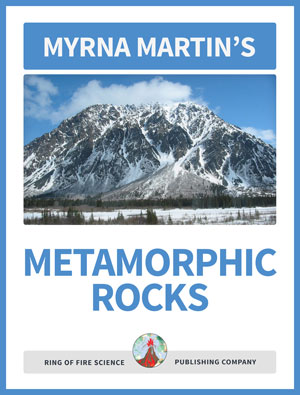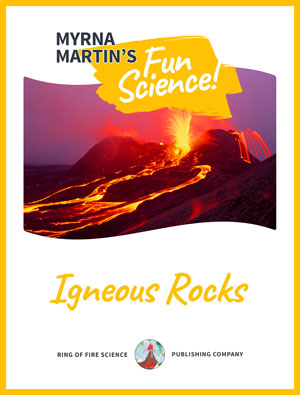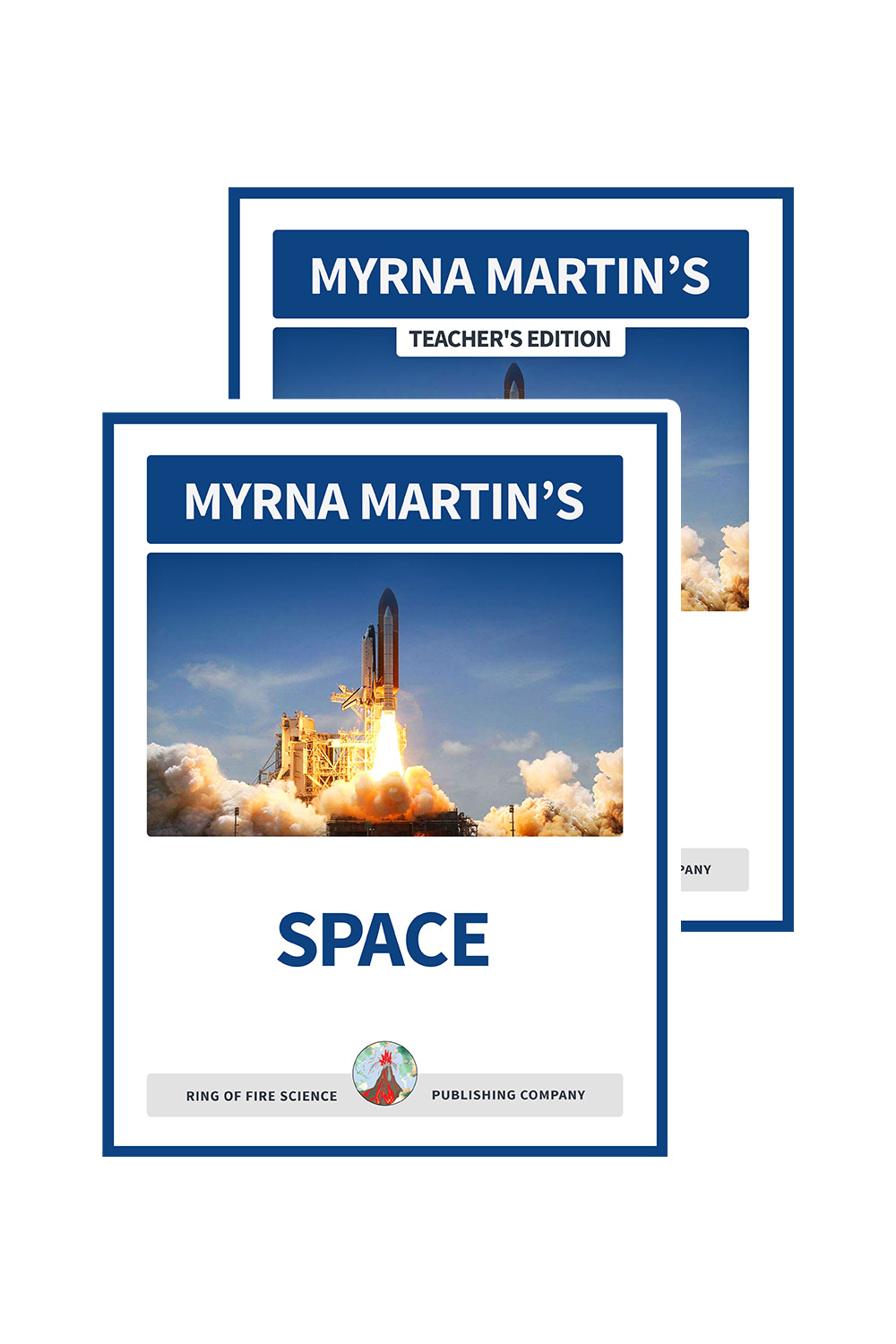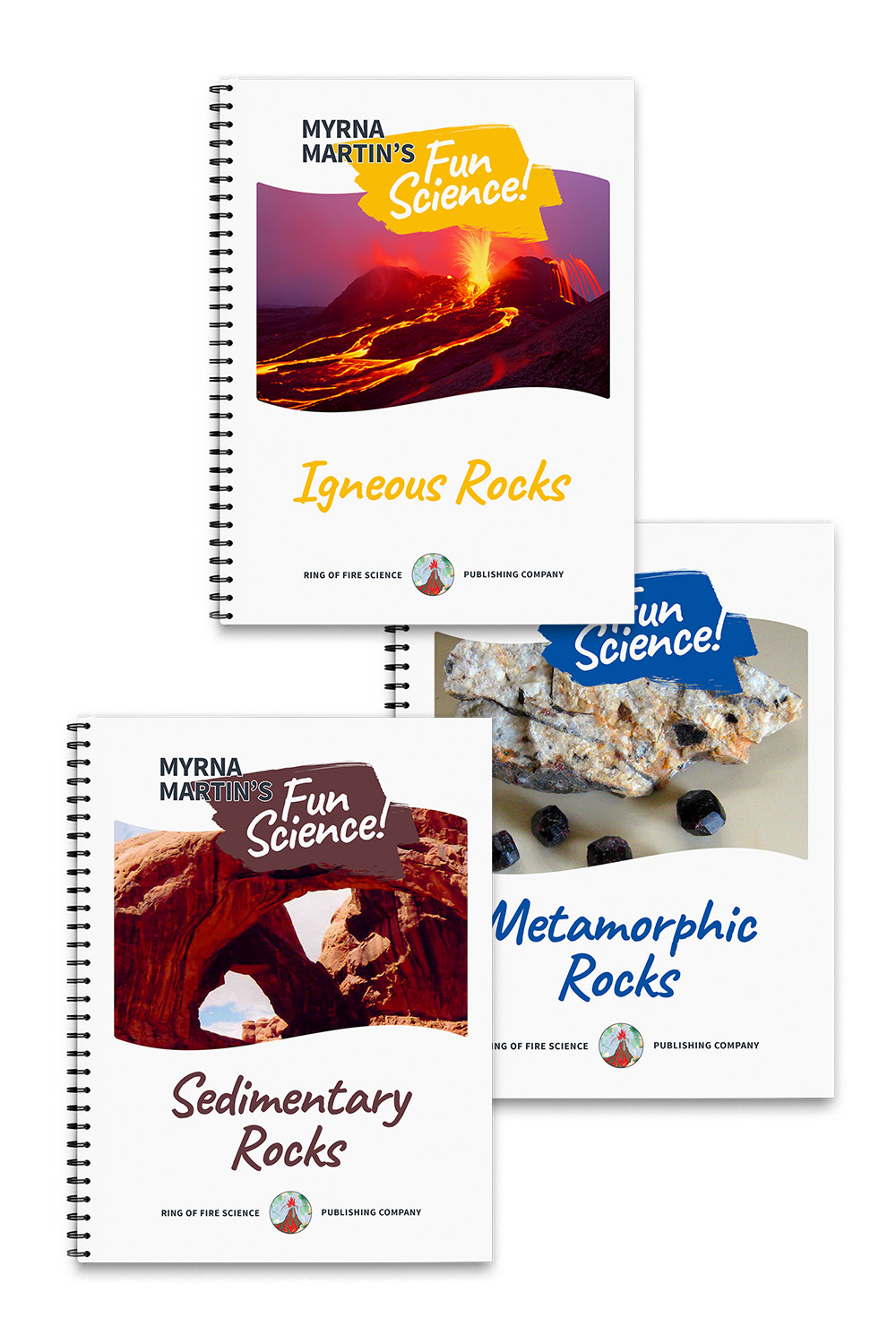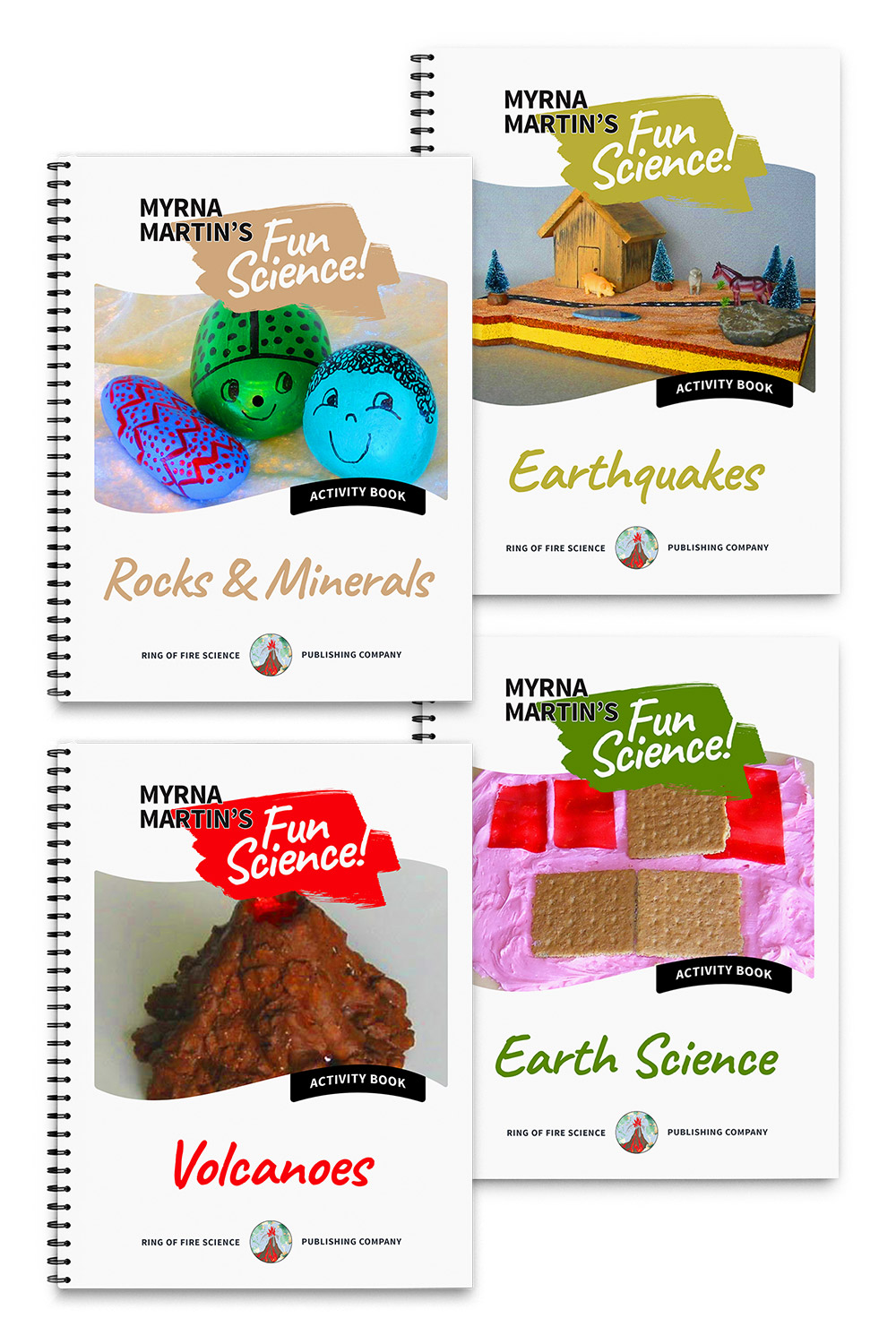What Causes Tsunamis?
What causes tsunami waves to travel thousands of miles
What causes tsunamis? Earthquakes and volcanic eruptions
People have wondered what causes tsunamis for thousands of years. Today we know they are caused by large earthquakes in subduction zones, landslides, volcanic eruptions and meteorites.
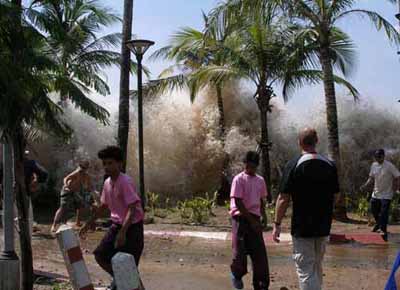
2004 Indian Ocean Tsunami in Thailand. David Rydevik
What causes tsunamis in the ocean
Today we know that tsunamis are generated naturally by earthquakes, volcanic eruptions, landslides and meteorites. Most tsunamis are form in subduction zones where an oceanic plate is being forced (subducted) beneath a continental plate.
Subduction zone earthquakes create tsunamis
The two plates become locked and pressure builds up in the rocks. The rocks store energy as the crumples creating small hills and valleys. When the rocks fracture from the pressure, the overriding plate moves over the subducting plate. The sudden breaking of the rocks creates earthquake waves radiating outward from where the rocks broke.
Three things trigger tsunamis in the ocean
Tsunamis that travel thousands of miles across the ocean occur when there is a large earthquake on the seafloor. The breaking rocks must generate a large earthquake under the seafloor that is over 7.0. The rocks must rupture for a long distance along the fault line.
Seafloor moves vertically up or down
The seafloor on one side of the fault line must move vertically up or down along the fault line causing the entire column of water above the seafloor to move up or down. Large earthquakes on land do not generate tsunamis because they do not move the entire column of water off shore.
When tsunamis come ashore
Tsunamis have two forms that move in opposite directions. The first form is a negative wave where the trough arrives first and the water begins to recede before the crest of the wave comes ashore. This is typically what people use as an indicator of a tsunami.
Danger as tsunami comes ashore without a warning
The second form of a tsunami is more dangerous because there is no warning about an approaching wave. Instead, the sea just starts rising upward like a very high tide.
The tsunami keeps moving toward shore gaining speed as it comes ashore. These two types of tsunami waves are generated simultaneously and move in opposite directions away from the epicenter of an underwater earthquake.
1958 Lituya Bay megatsunami
Large landslides can trigger local tsunamis that can be devastating. Lituya Bay, Alaska in 1958 was the site of a megatsunami. The landslide was triggered by an earthquake that caused rock and ice to fall into the bay. Thirty million cubic meters of rocks and ice slide into the bay.
Tsunami flowed up the side of the mountain 1,720 feet
The bay is a narrow inlet with the rocks and ice generating a megatsunami in the bay. The waves washed up the sides of the bay 1,720 feet (470 meters) high.
Tsunami swept small boat over an island
There were two fishing boats at the time of the event in the bay. One of the fishing boats contained two people. The high waves swept their boat over a small island in the bay. The two people in the boat were able to give an eye witness report of the event to scientists.
More Ocean Links
What Causes Tsunamis Today we know that tsunamis are naturally generated waves. Find out how and why they form.
Mid Atlantic Ridge The Mid-Atlantic Ridge is a mountain range that runs down the center of the Atlantic Ocean through Iceland.
Ocean Trenches Ocean trenches are found all around the Pacific Ring of Fire. Find out how and why they develop.
Sea mount There are more than 60,000 sea mounts located in the world's oceans.
Oceanic Zones Find out about the four major zones where plants and animals live in the ocean.
Ocean Facts Discover what causes tsunamis, where ocean trenches are located and how the Mid-Atlantic Ridge was discovered.
Home Page The Science Site contains information on our planet, volcanoes, science projects, earthquakes and much more.
Kids Fun sCIENCE bOOKSTORE
Check out Myrna Martin's award winning textbooks, e-books, videos and rock sets. The Kids Fun Science Bookstore covers a wide range of earth science topics. Click here to browse.
Sign up to our monthly newsletter and receive our FREE eBook containing 3 fun activities that don’t appear in any of our other books!
The Kids Fun Science monthly newsletter will include the following: current events, weird and fantastic facts, a question of the month, science trivia and the latest new content from our website.
We respect your privacy and you can be assured that we will never share your email address or use it for any other purpose than to send you our newsletter.



